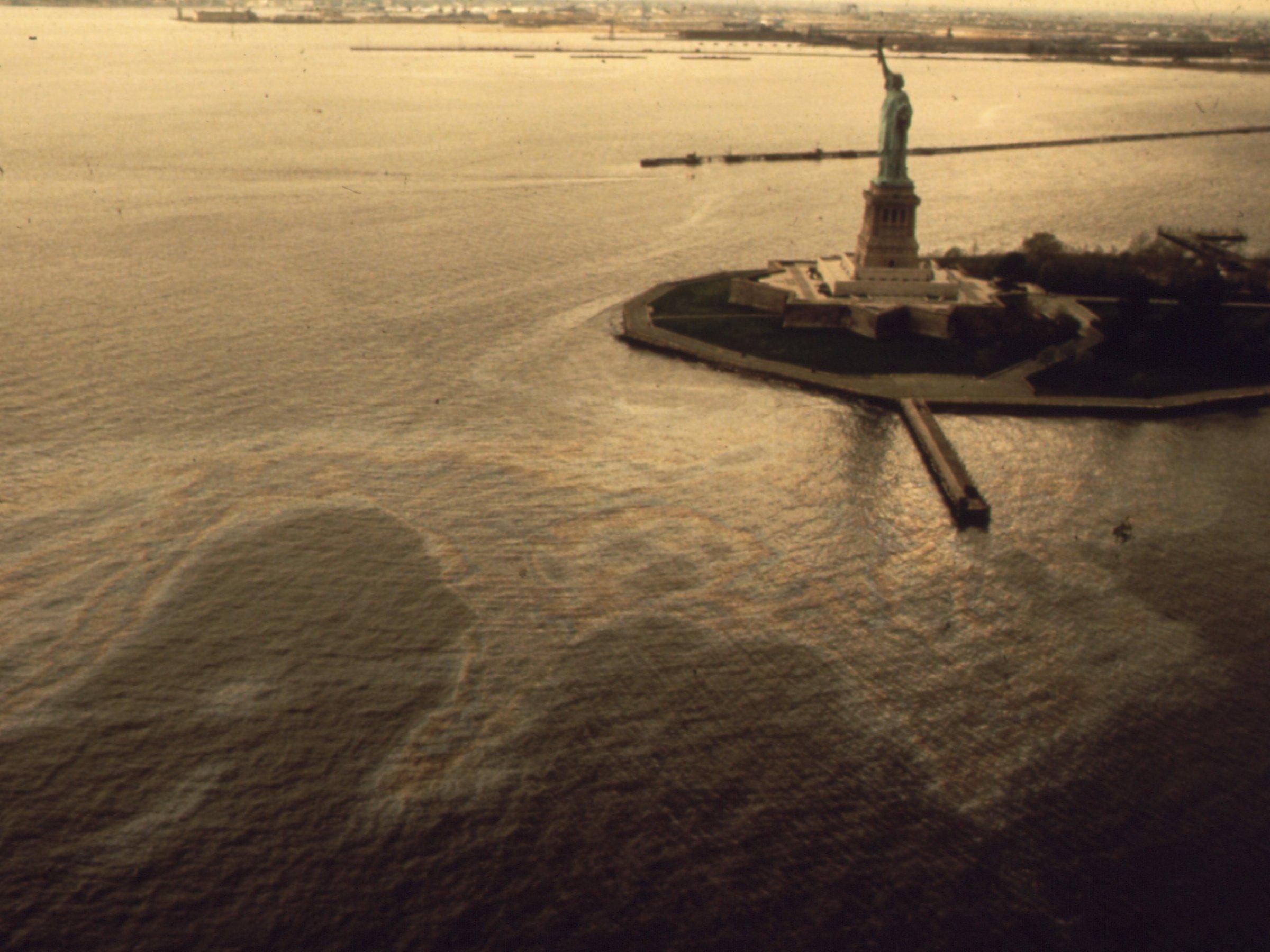Vintage photos taken by the EPA reveal what America looked like before pollution was regulated

Your support helps us to tell the story
From reproductive rights to climate change to Big Tech, The Independent is on the ground when the story is developing. Whether it's investigating the financials of Elon Musk's pro-Trump PAC or producing our latest documentary, 'The A Word', which shines a light on the American women fighting for reproductive rights, we know how important it is to parse out the facts from the messaging.
At such a critical moment in US history, we need reporters on the ground. Your donation allows us to keep sending journalists to speak to both sides of the story.
The Independent is trusted by Americans across the entire political spectrum. And unlike many other quality news outlets, we choose not to lock Americans out of our reporting and analysis with paywalls. We believe quality journalism should be available to everyone, paid for by those who can afford it.
Your support makes all the difference.The Trump administration plans to kill the Clean Power Plan, the Obama administration's main initiative to fight climate change by lowering emissions, the Environmental Protection Agency's administrator, Scott Pruitt, said Monday.
The Clean Power Plan aimed to help the US reach the goals set in the Paris climate agreement by curbing emissions from power plants.
Pruitt has reportedly spent much of his term meeting with executives and lobbyists from companies and industries regulated by the EPA. Many reports also suggest that Pruitt's primary aim is to eliminate environmental protections and dismantle much of the regulatory agency.
Under Pruitt, the EPA has already reversed a ban on a pesticide that can harm children's brains and moved to rescind the Clean Water Rule, which clarified the Clean Water Act to prohibit industries from dumping pollutants into streams and wetlands. The agency has also reportedly begun an initiative to challenge climate science, among other rollbacks. Some of these moves have been challenged in court, but others are already in effect.
If Pruitt succeeds in rolling back a significant portion of the rules meant to protect air and water quality, we'd return to the state the US was in before these things were regulated.
The EPA was founded in 1970 and soon after began a photo project called Documerica that captured more than 81,000 images showing what the US looked like from 1971 to 1977. More than 20,000 photos were archived, and at least 15,000 have been digitized by the National Archives.
Here's a selection of those photos, many of which show what the US looked like without the air and water protections that exist today.
Many of these photos show life in America at the time, but several also document concerning environmental issues

David Shanklin, pictured here at age 19, lived in a coal-company town near Sunbright, West Virginia. Shanklin's father was killed in the mines in 1954, and though Shanklin wanted to become a miner, his mother didn't want him to
Smog, seen here obscuring the George Washington Bridge in New York, was a far bigger problem

Factories burned discarded automobile batteries in the 1970s, releasing pollutants into the air. Current regulations require the batteries to be recycled without contaminating the surrounding area, though some are exported

Mary Workman of Steubenville, Ohio, holds a jar of undrinkable water from her well in this photo. She filed a lawsuit against a coal company, accusing it of polluting her water. The EPA now uses the Clean Water Act to prevent companies from contaminating drinking water

An abandoned car sits in Jamaica Bay in New York City in 1973. Landfills and auto salvage yards fall under the EPA's regulations now, though improper disposal still occurs

The Atlas Chemical Company belches smoke across pasture land in Marshall, Texas, in this image. A local farmer told the photographer that the soot and chemicals had killed several of his cows

Air pollution that can cause respiratory illness and other health problems was far less regulated before the EPA was founded. The EPA estimated that the Clean Air Act, which regulates pollution from industries, prevented more than 160,000 early deaths, 130,000 heart attacks, and millions of cases of respiratory illness in 2010 alone

Coal-mining companies were bigger polluters in the 1970s as well. President Donald Trump has pledged an industry resurgence and recently nominated a coal lobbyist to be Pruitt's second-in-command at the EPA

Pollution in industrial cities like Cleveland, Ohio, was particularly severe

This photo shows a burning barge on the Ohio River in May 1972. A fire on the Cuyahoga River in 1969 (the 13th time that river had caught fire) helped to inspire the creation of the EPA

The agency helps regulate cleanups in particularly polluted sites. The Twin Towers are visible behind the trash heap in this image

Trash and old tires littered the Baltimore Inner Harbor in 1973. The EPA regulates waste disposal now, including in coastal locations. EPA cleanups in the harbor over the years have targeted dangerous chemicals

All kinds of trash used to be dumped outside New York City, like this car at Breezy Point, south of Jamaica Bay. The EPA helped institute regulations for how the city disposed of trash to prevent dumping in the Atlantic

Without regulation, more companies and manufacturers would be able to dump pollutants into waters and the air we breathe

Read more:
• This chart is easy to interpret: It says we're screwed
• How Uber became the world's most valuable startup
• These 4 things could trigger the next crisis in Europe
Read the original article on Business Insider UK. © 2016. Follow Business Insider UK on Twitter.
Join our commenting forum
Join thought-provoking conversations, follow other Independent readers and see their replies
Comments